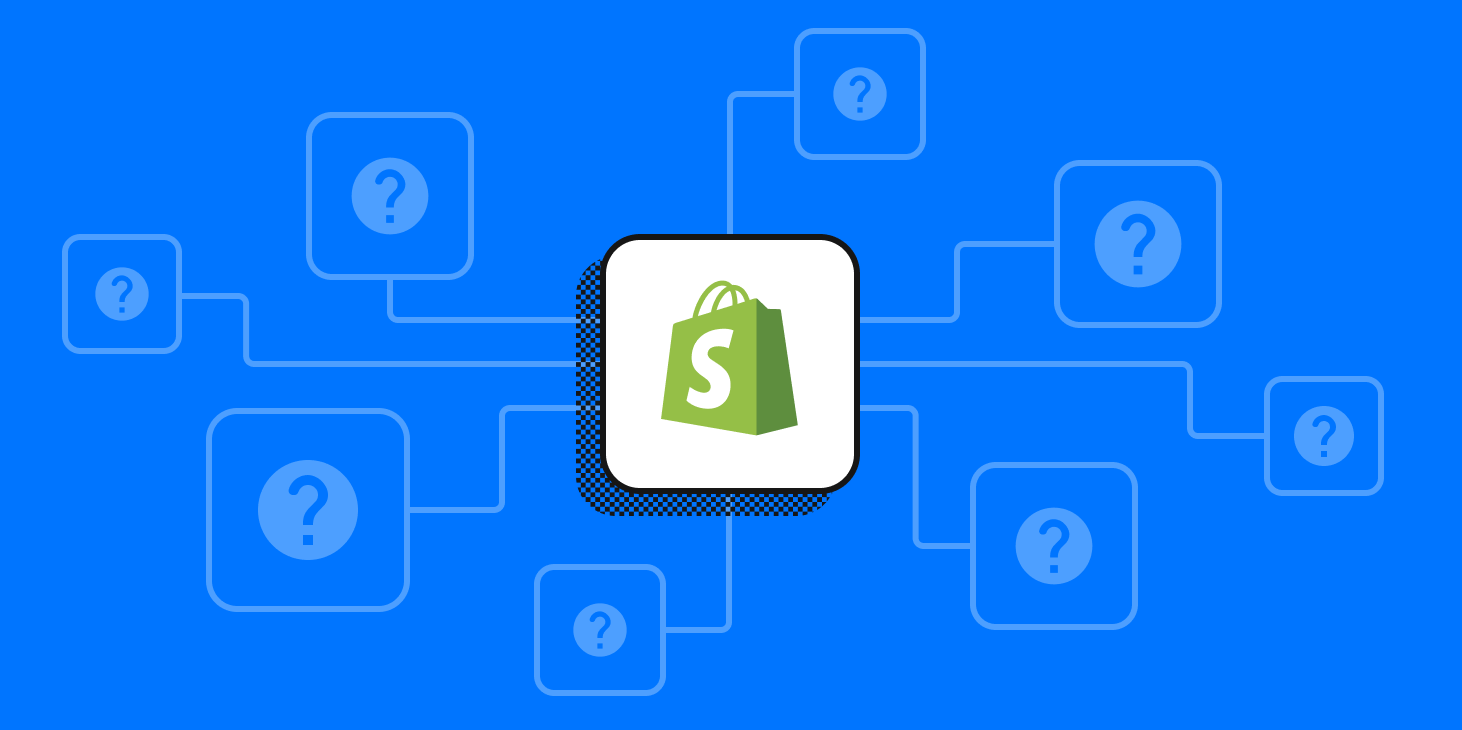
Shopify has made it very easy to optimize your store. But you still have to know how. And that’s where this list comes in handy. We’ve gathered the best tips and tricks for optimizing your Shopify store so you can improve sales and conversions. The most common way to optimize your Shopify store is by creating custom layouts, which are designed to be responsive for mobile devices. Shopify offers several premade layouts that you can use as a starting point, but if you create your own layout from scratch, it will be responsive and look great on any device.
But first, what is shopify SEO? Shopify SEO is a set of best practices for making your Shopify store more visible on the internet.
Shopify SEO has been designed to help you get the most out of your store’s visibility. It includes:
- A set of high-quality, best-practice themes and landing pages that are optimized for search engines and display on mobile devices
- A growing library of pre-made responsive templates, so you can build something new or update an existing site without having to do any coding yourself
- A suite of tools that makes it easier than ever to promote your products and services through social media, blogging and other marketing channels.
1. Testing with Pay-Per-Click Campaigns
You can use pay-per-click advertising as a way of testing different design elements and messages. For example, you could start out with one image on a white background and another image on a red background and track which gets more clicks from visitors to your site.
2. Testing with Social Media Ads
You can also use social media ads as an efficient way of determining which design elements get more traffic and how much revenue they generate for you. For example, if you have a lot of followers on Facebook but only one follower on Twitter, then it makes sense to put more attention into Facebook than Twitter because there are more opportunities for conversion there.
3. Testing with Email Marketing Campaigns
If you already have email lists set up then it makes sense to create campaigns based around specific images and messaging so that you can determine which ones convert better for your audience.
Read More : How Does Twitter Make Money? Best Ways To Get Paid On Twitter
4. Get Clear on Your Mission
Your mission is the reason why you do what you do, and it can be a powerful tool for marketing and growth. What is your mission? Do you have one? If not, this is an excellent time to create one. It’s also a great idea to share this with others, so that they know why you started doing what you’re doing now.
5. Create an Ecommerce Branding System
Creating a branding system that ties together all of your content, images, and other assets will help customers find what they’re looking for when they come to your site. A good example would be creating a series of icons that have been branded as part of this system (e.g., “shop,” “cart,” etc.) These can also include photos or media assets (like videos) that are used throughout the site and across social channels like Facebook or Twitter.”
Read More : WordPress Pros and Cons for a New Site
6. Make Your Site Mobile-Friendly
Mobile users are becoming more and more important as they take up more of the online shopping market. It’s important that you make your site responsive, so that it will work well on smartphones and tablets.
7. Change the Color Scheme
You may not have considered this before, but what color scheme do you use for your store? If you’re using the default black or white theme for your shop then it could look a bit dull and uninspiring especially if it doesn’t match with any other colors in the layout of the site. You can change this by changing the color scheme from black to white or vice versa and adding some greenery into the background instead of plain text or images.





